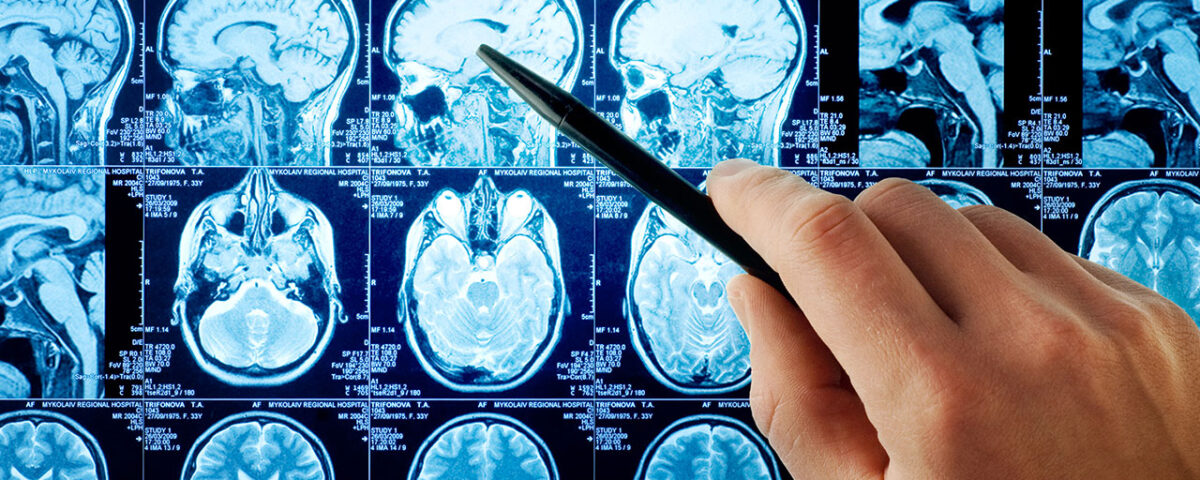
What to expect and plan for when your loved one is diagnosed with Alzheimer’s
December 18, 2024by Susannah Wollman
You’re in pain. Your knee (or your back or your shoulder or your hip) hurts and you’re wondering if it’s something bad. Or maybe that headache won’t go away and your doctor can’t tell you what’s causing it. X-rays can image your bones, but what if the problem is in the soft tissue of your body (like your brain)?
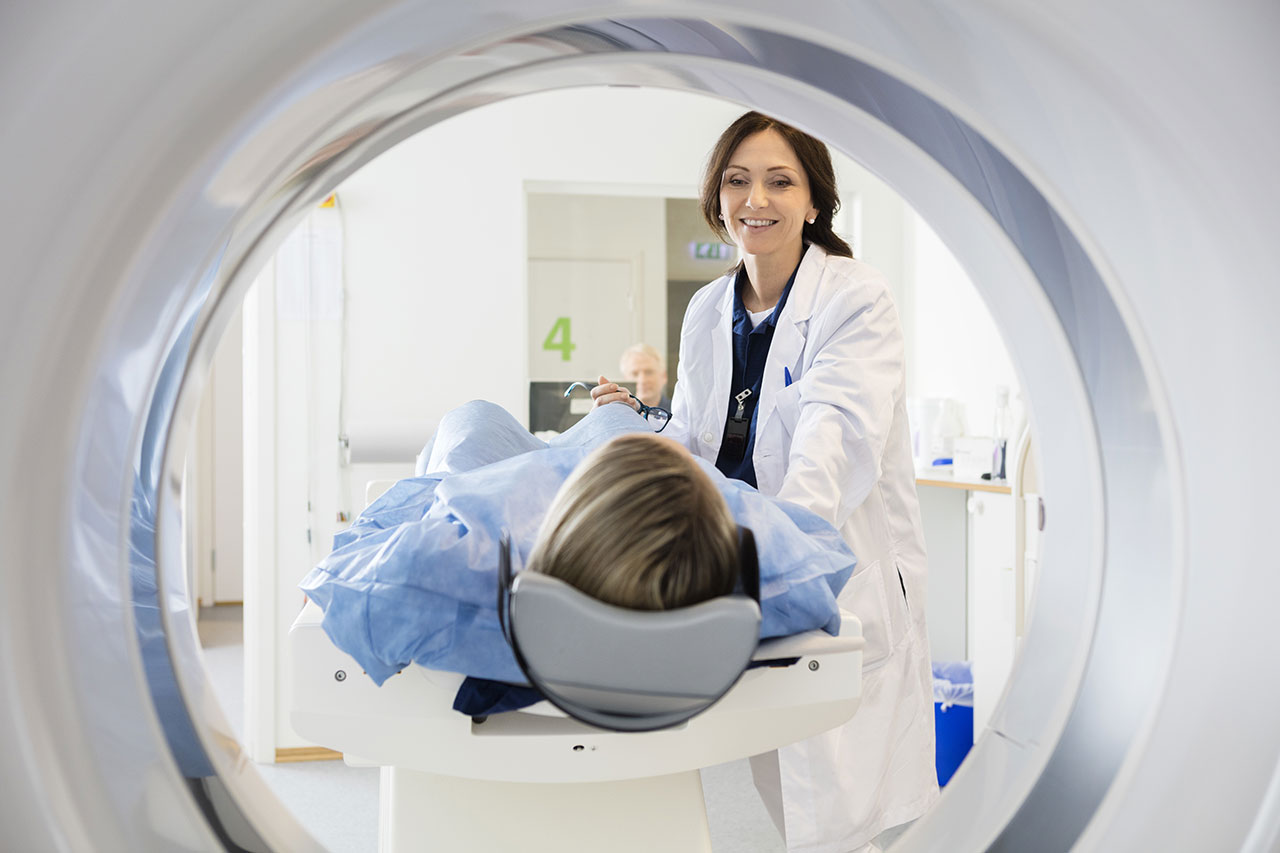
That’s when your doctor prescribes an MRI. Magnetic Resonance Imaging (MRI) is defined as: a non-invasive imaging technology used to investigate anatomy and function of the body in both health and disease without the use of damaging ionizing radiation. It is often used for disease detection, diagnosis, and treatment monitoring. It is based on sophisticated technology that excites and detects changes in protons found in the water that makes up living tissues1.
How do MRIs work?
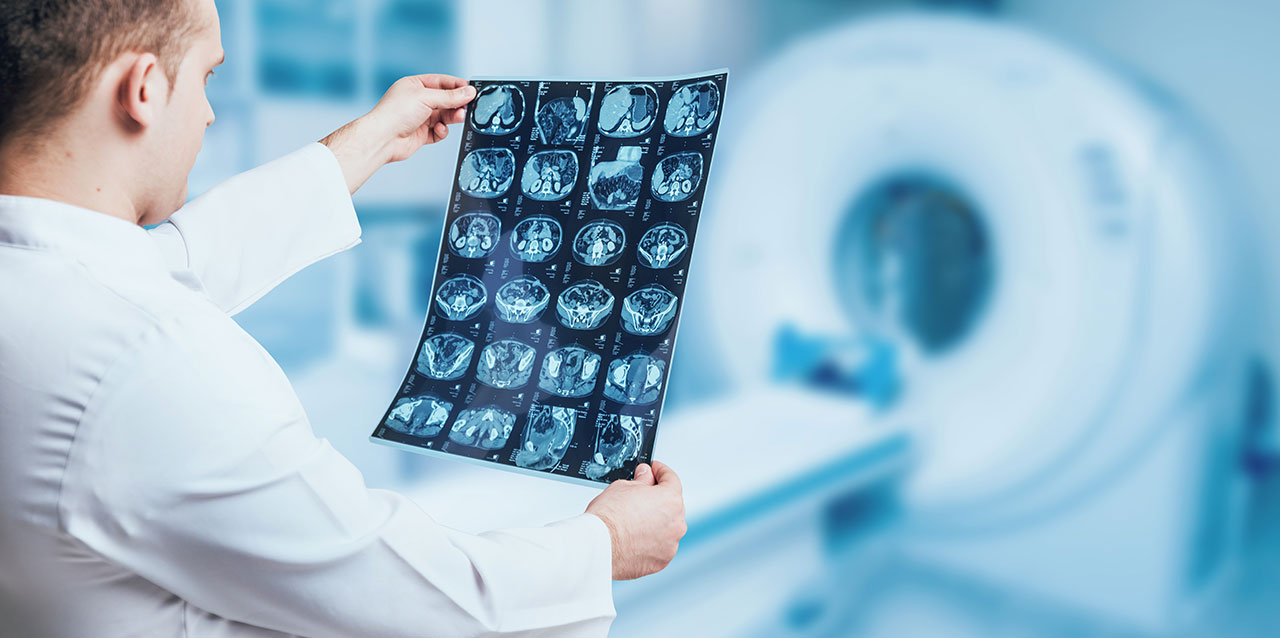
If your doctor has ordered an MRI, you will probably be referred to a hospital or other imaging organization that has the proper equipment to do the procedure. The patient is placed in a large tube-like structure that employs exceedingly strong magnets to make the image. The magnetic field the machine produces causes protons in the water of soft body tissues to align with the field. Then a radiofrequency current pulses through your body, stimulating the protons to spin out of equilibrium. Once the field is turned off, the protons release energy as they realign with the magnetic field. MRI measures this energy. Since different tissues release energy at different rates depending on the environment and chemical nature of the molecules, doctors are able to tell the difference between tissues.
MRI is the preferred imaging process when many images are needed to diagnose problems, particularly in the brain, because it does not use radiation.
How do X-rays work?
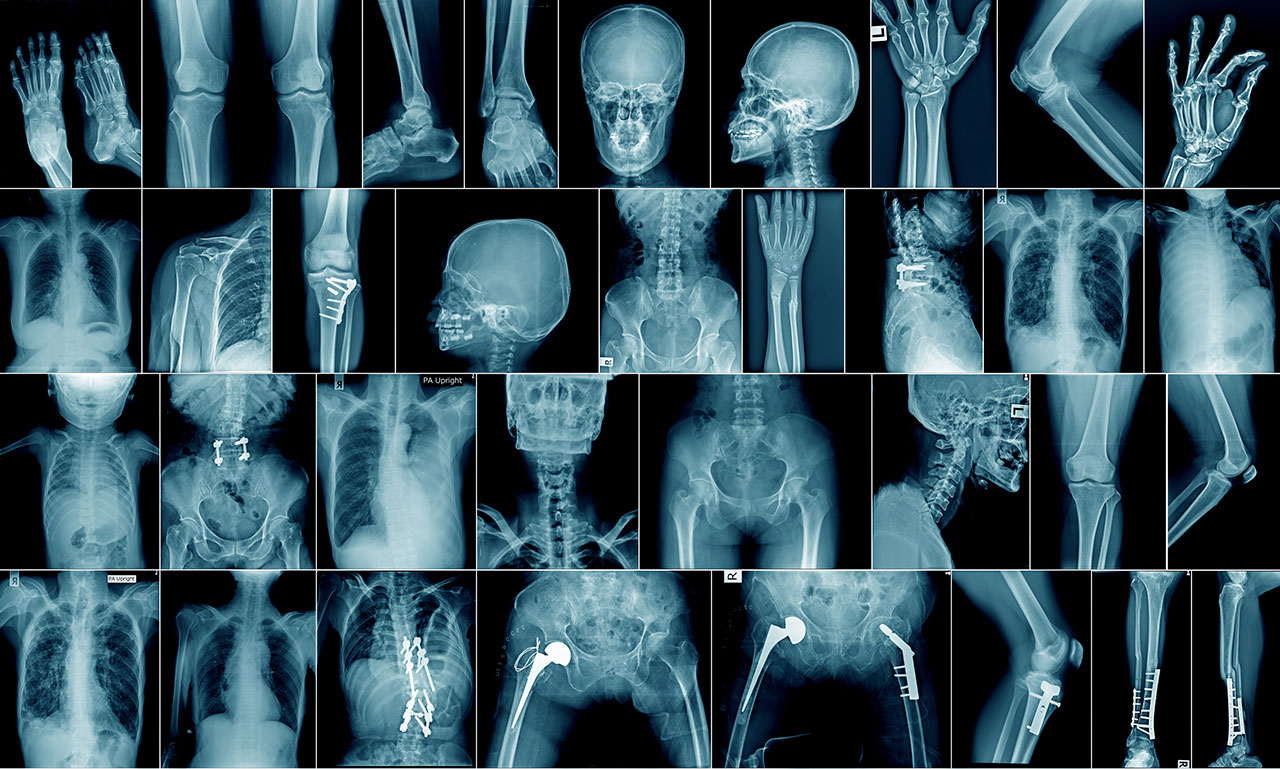
Unlike MRI, x-rays use radiation. An x-ray machine is like a camera that uses radiation to expose the bony structures (and sometimes tumors) in the body. The kind of radiation x-rays emit is present in nature and we all are receiving low doses of the same radiation every day. Although they are routinely used around the world, there are risks involved especially if done frequently.
X-rays can cause mutations in our DNA. Cancer has been linked to repeated x-rays and the World Health Organization (WHO) has classified them as a carcinogen. One study2 found that by the age of 75 years, x-rays only increase the risk of cancer by 0.6 to 1.8 percent. Another study by Loyola University Health System3 reports no proof of cancer being caused by the radiation from x-rays. However, exposure to high radiation levels has been shown to have side effects. Some common ones are vomiting, bleeding, hair loss, fainting, and even the loss of skin.
University Health System4 reports no proof of cancer being caused by the radiation from x-rays. However, exposure to high radiation levels has been shown to have side effects. Some common ones are vomiting, bleeding, hair loss, fainting, and even the loss of skin. The thing is, we’re all bombarded by radiation every day, from the sun, the earth, and even our own bodies. The American College of Radiology says you can have up to 10,000 chest x-rays over your lifetime before you need to worry about the radiation. And to make things even safer, protective gear and pin-point x-rays mean you don’t receive more radiation than is absolutely necessary. In fact, the radiation dosage received in a common chest x-ray is about the same as background radiation over a single day.5
Does MRI hurt?
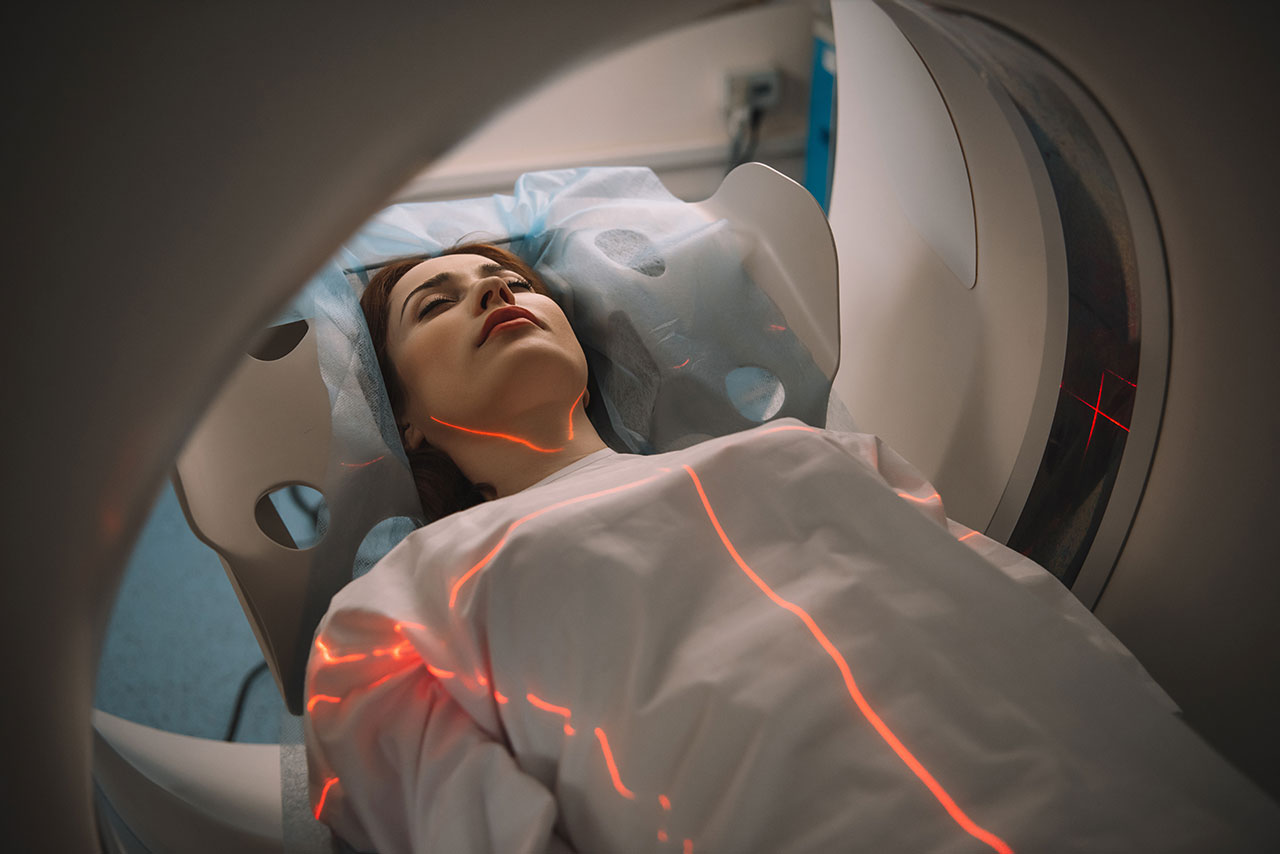
MRI is non-invasive. The imaging is painless but in some cases the doctor may order the image “with contrast.” In that case, a dye (often containing the element Gadolinium) is injected intravenously so that the speed of realignment of the protons with the magnetic field is increased. The quicker the protons align, the brighter the image is.
A serious by rare illness called nephrogenic systemic fibrosis may be linked to the use of dye agents that contain Gadolinium, so patients who require dialysis for severe renal failure should have MRIs with extreme caution6.
Are there drawbacks to MRI?
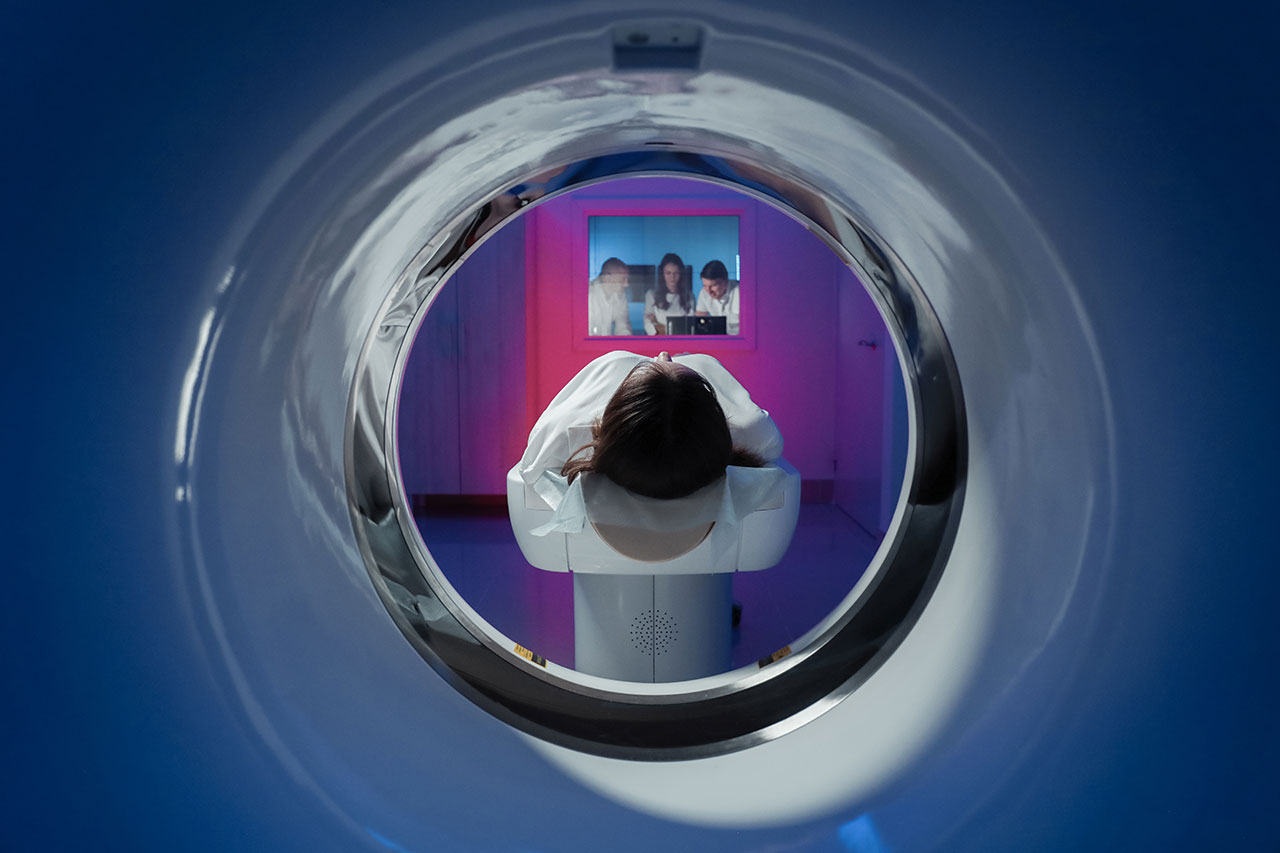
If you have claustrophobia, even if mild, you may find it challenging to undergo MRI. The procedure may take as little as 10 minutes up to over an hour, depending on which part of the body is being imaged. Since you must lie perfectly still for the entire time you are in the machine, you may have trouble tolerating the closed tube.
There are methods that help patients with claustrophobia. Knowing what to expect and how the machine works is the first step. Coping mechanisms like visualization, listening to music, watching a video or movie, or covering the eyes may help. If you are severely claustrophobic, sedation may help. Some imaging sites have what are called “open” MRI machines. These are open on the sides instead of being a tube closed on one end. The patient is therefore not completely surrounded. (These types of MRI scanners are also useful for larger-than-normal people as well.) Unfortunately, these machines do not work equally as well for all types of examinations.
In some patients, a twitching sensation can be felt from the rapidly switching fields of the MRI. This is a harmless result but can be unpleasant to some people.
If you are pregnant, MRIs should probably be avoided (particularly in the first trimester), even though no effects have been seen in the fetus. The first trimester is when the baby’s organs are being formed and contrast agents could enter the fetal bloodstream.
MRIs and kids
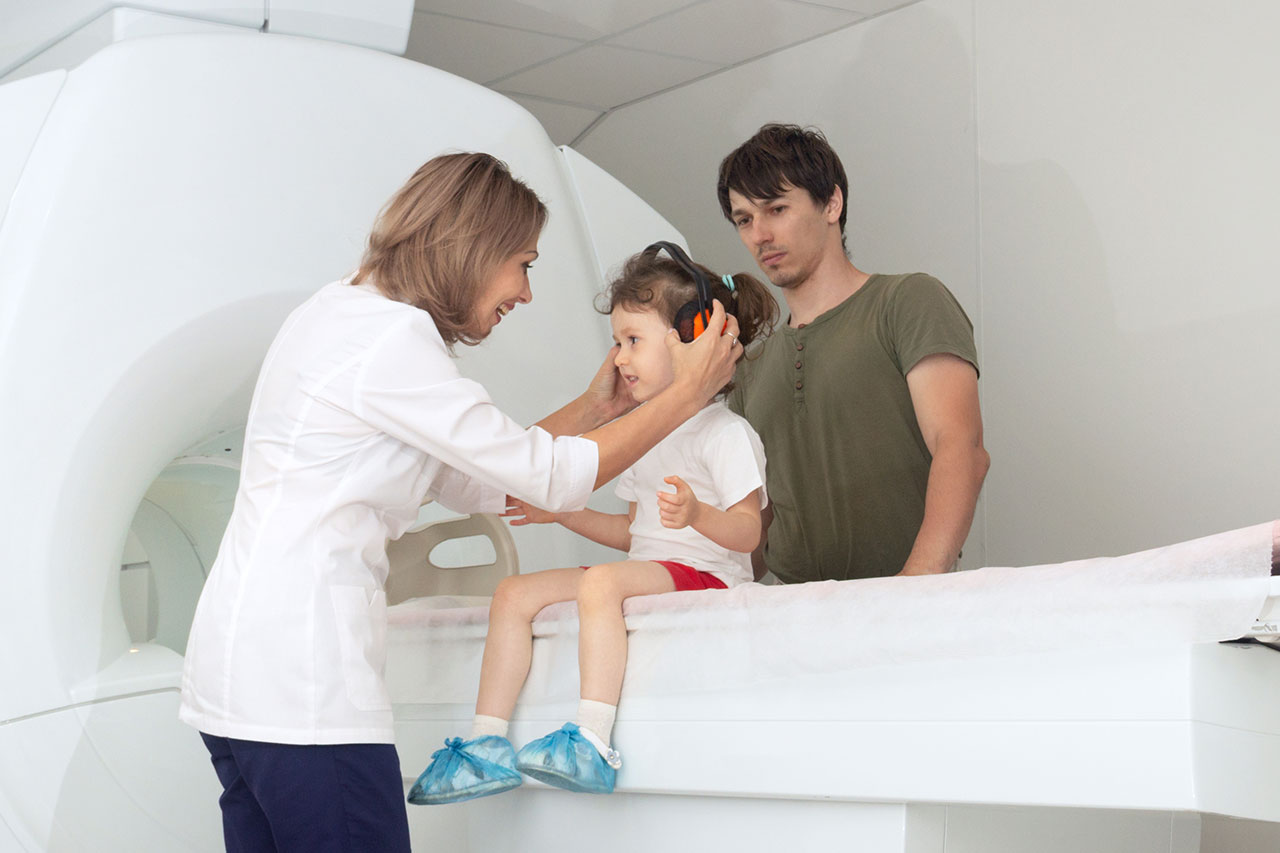
Imaging without ionizing radiation is preferable to CT scans or x-rays when patients are children. However, getting a clear image in children is often difficult because children have trouble being still for very long. Anesthesia may be required, which has its own inherited risks7. Research is going on now to develop an MRI machine more suited for children.
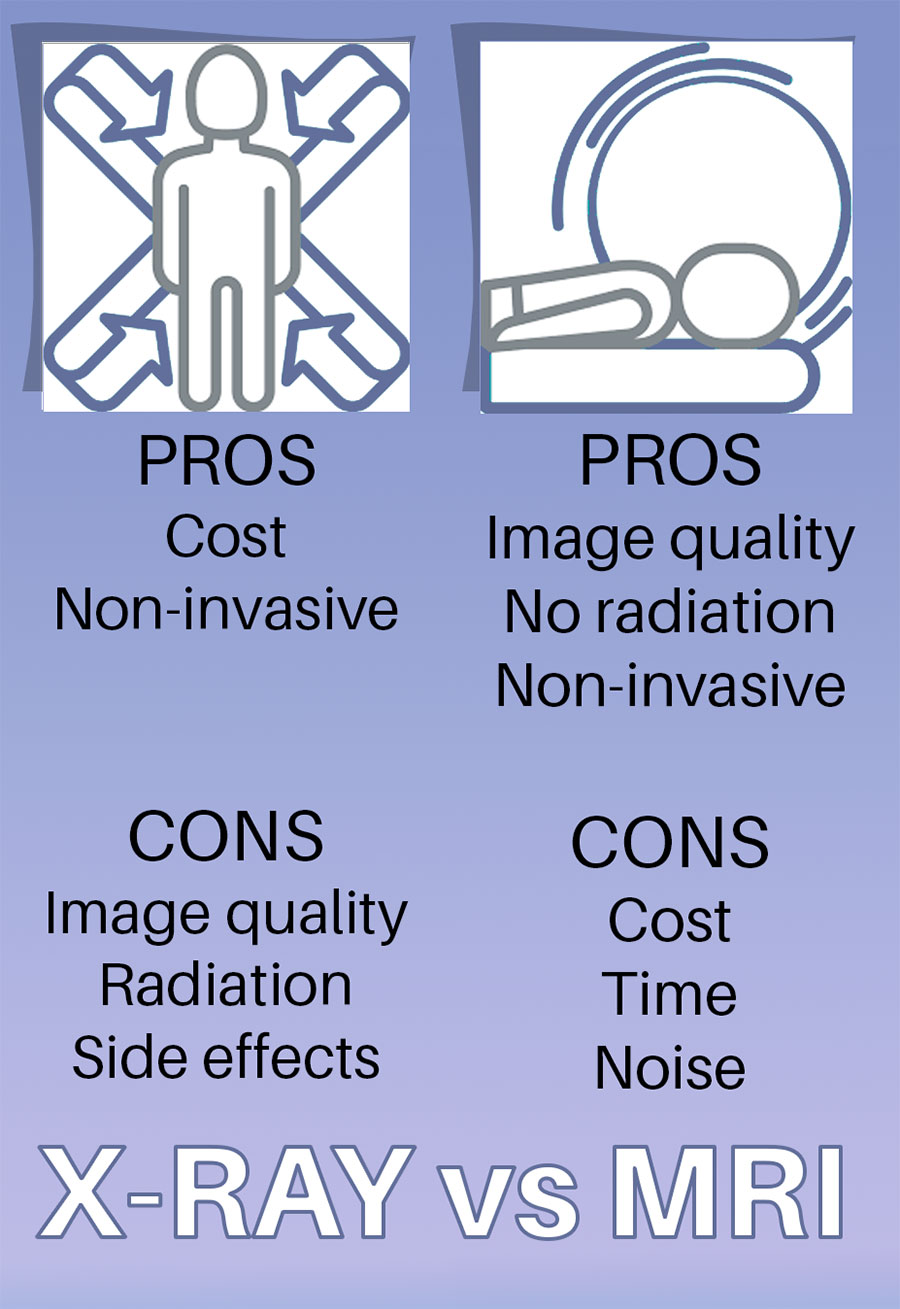
Footnotes
[1] Magnetic Resonance Imaging (MRI). (n.d.).
[2] Berrington de González, A., & Darby, S. (2004, January 31). Risk of cancer from diagnostic X-rays: estimates for the UK and 14 other countries.
[3] No proof that radiation from X rays and CT scans causes cancer. (2016, February 3).
[4] Magnetic Resonance Imaging (MRI). (n.d.).
[5] Berrington de González, A., & Darby, S. (2004, January 31). Risk of cancer from diagnostic X-rays: estimates for the UK and 14 other countries.
[6] CT and MRI Contrast and Kidney Function. (2015, May 11).
[7] Jones, J. A. (Ed.). (2015, September). Anesthesia Basics (for Parents) – Nemours KidsHealth.

